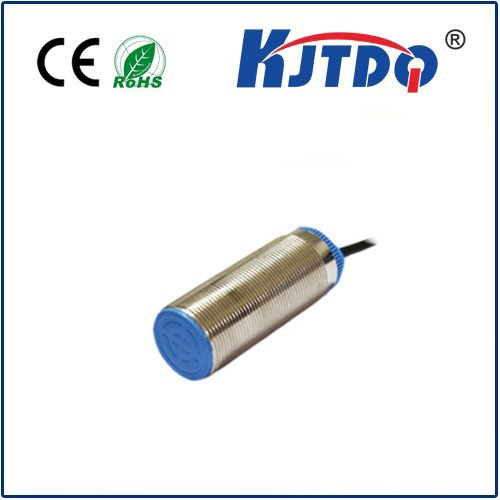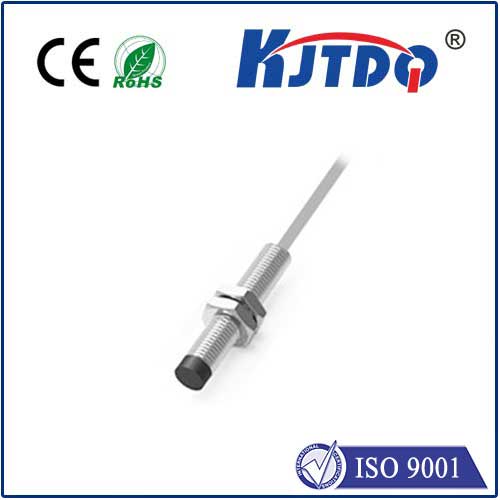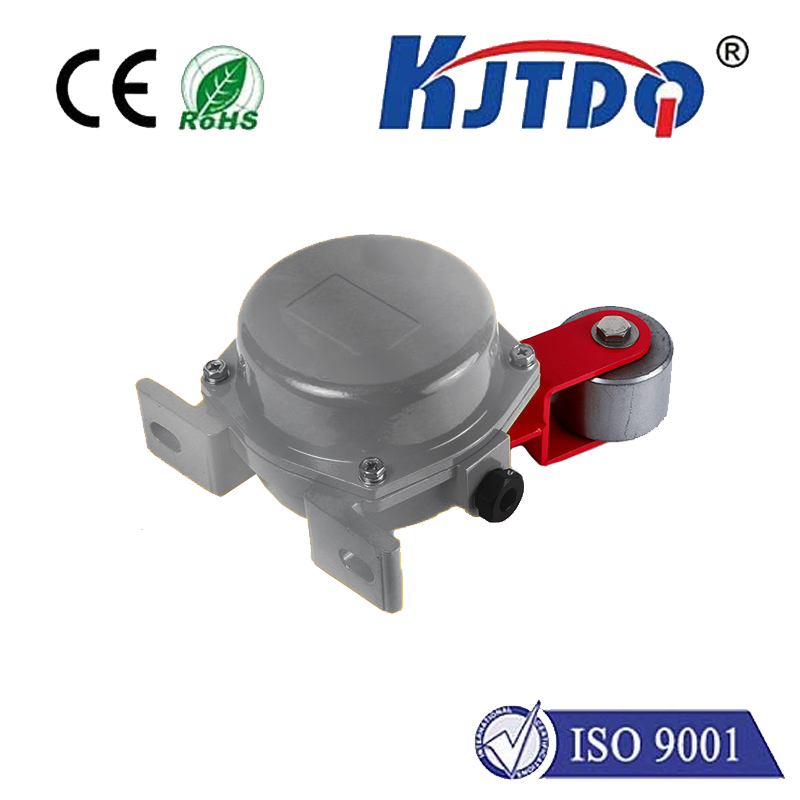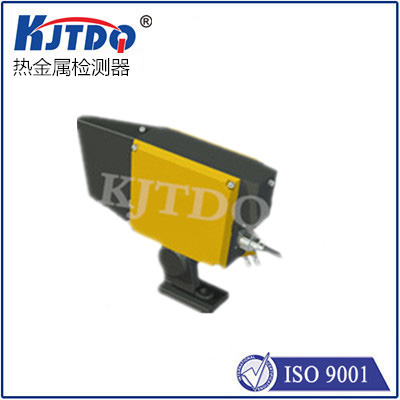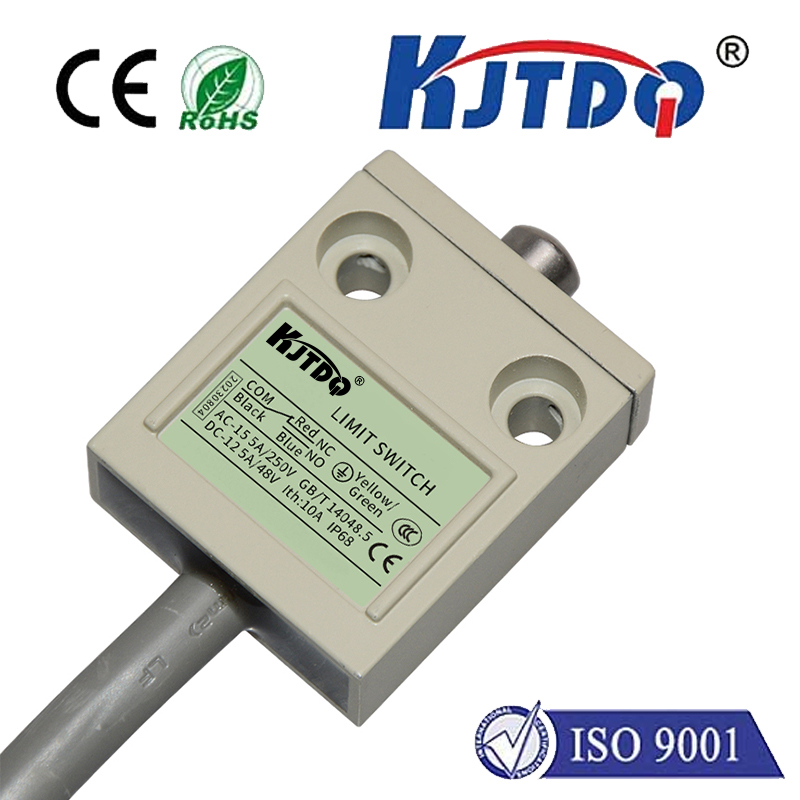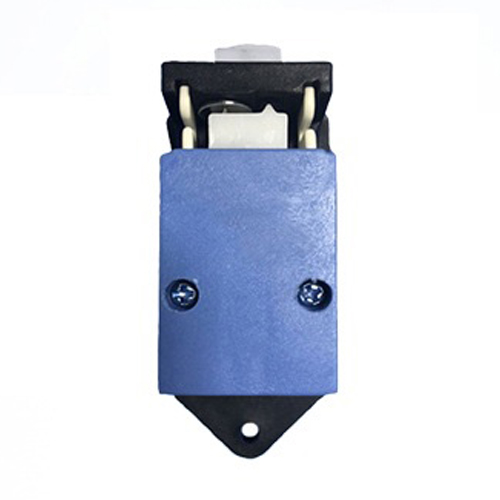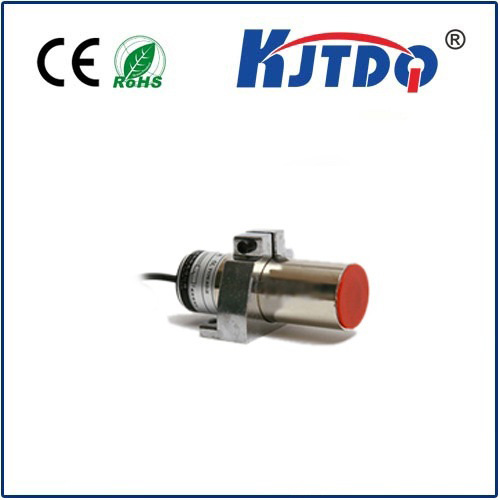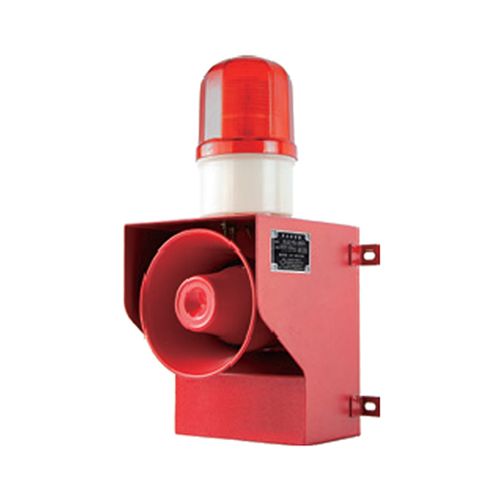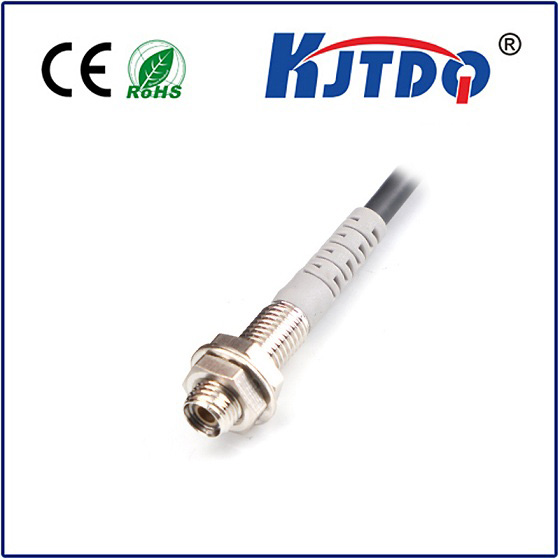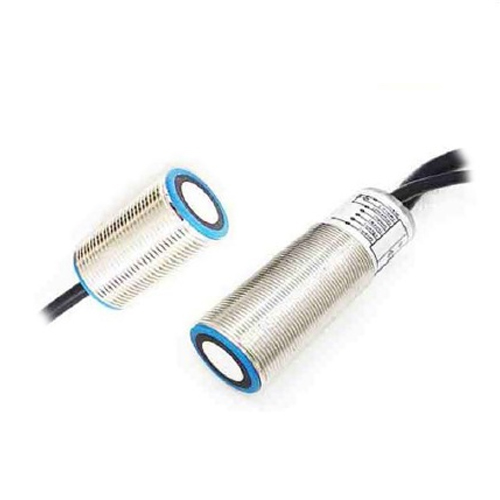BES02NK high pressure proximity sensor
- time:2025-10-01 08:26:45
- Click:0
BES02NK High Pressure Proximity Sensor: Unyielding Detection in Demanding Environments
Imagine a critical hydraulic system deep within a manufacturing plant. Pressures surge to hundreds of bars. Standard sensors falter, their housings compromised, leading to costly downtime and potential safety risks. This is precisely the challenge the BES02NK High Pressure Proximity Sensor is engineered to conquer. Designed for unwavering performance where pressure is not just present, but a defining force, this sensor stands as a reliable sentinel in the most demanding industrial landscapes. Its core mission is clear: provide consistent, non-contact object detection in environments where immense pressure would render ordinary sensors useless.
The Defining Challenge: Pressure Resistance
Not all proximity sensors are created equal. While standard inductive sensors excel in countless applications, high-pressure environments – such as hydraulic presses, oil and gas drilling equipment, high-pressure die casting machinery, and certain chemical processing systems – present a unique and severe challenge. Constant exposure to fluid pressures exceeding hundreds of bars demands specialized construction. Standard sensor housings can deform, leak, or catastrophically fail, leading to sensor destruction, process fluid contamination, and significant operational hazards.
The BES02NK directly addresses this vulnerability. Its fundamental value proposition lies in its robust design specifically tailored to withstand these extreme pressures. This isn’t just about adding a thicker casing; it involves a holistic approach to materials selection, sealing technologies, and structural integrity to ensure the sensor’s internal components remain protected and functional under relentless pressure.
Engineered Resilience: Key Features of the BES02NK

What makes the BES02NK capable of thriving under such duress? Several critical design elements contribute to its robust performance:
- High-Pressure Resistant Housing: Constructed typically from high-grade stainless steel (like V4A/316L), the housing is engineered not just for corrosion resistance but crucially for mechanical strength. It’s designed to resist deformation and prevent implosion or leakage at its rated pressure levels, often specified for several hundred bars. This robust “containment” is paramount.
- Advanced Sealing Technology: Achieving an IP68 or even IP69K rating is standard for many sensors, but the BES02NK goes beyond. It employs specialized sealing systems – often involving high-pressure resistant O-rings and meticulously designed sealing geometries – specifically validated to maintain integrity under sustained high fluid pressure. This prevents ingress and ensures long-term reliability. High-pressure sealing is a core competency of this sensor type.
- Inductive Sensing Principle: Utilizing an inductive non-contact method is key. The BES02NK generates an electromagnetic field from its face. When a metallic target enters this field, eddy currents are induced, causing a change in the oscillator amplitude, which the sensor detects. This principle is inherently robust against pressure fluctuations themselves, as it relies on electromagnetic fields rather than pressure-sensitive mechanics. It provides reliable detection of ferrous and non-ferrous metals.
- Optimized Sensing Face Design: The design of the active sensing area is crucial. It must maintain sensitivity while ensuring the enclosing material (part of the high-pressure housing) is sufficiently thick and strong to withstand the pressure without affecting the field generation and detection capabilities.
- Temperature Stability: High-pressure environments often correlate with significant temperature variations. The BES02NK is designed to operate reliably across a wide temperature range, ensuring consistent performance in challenging thermal conditions.
Where the BES02NK Proves Indispensable
The unique capabilities of the BES02NK translate into critical applications across heavy industries:
- Hydraulic Systems: Monitoring piston position in high-pressure hydraulic cylinders, detecting valve positions, and ensuring component presence in hydraulic power units where pressures routinely exceed 300 bar or more.
- Oil & Gas Downhole/Wellhead Equipment: Providing position feedback on valves, actuators, and blowout preventers (BOPs) where pressures can be extreme and reliability is non-negotiable for safety.
- High-Pressure Die Casting (HPDC): Used within the die to detect core positions, ejector pins, and clamp status, exposed to high clamping forces and molten metal splashes within a high-pressure injection environment.
- Chemical & Petrochemical Processing: Monitoring valve stems, agitator positions, and equipment status within reactors and pipelines handling high-pressure fluids, often corrosive ones.
- Presses & Forging Machinery: Ensuring die positioning, safety gate monitoring, and tool presence under the immense pressures generated during forming operations.
- Test Benches & Pressure Vessels: Verifying component positioning or state within pressurized testing environments.
Beyond Pressure: Tangible Benefits for Industry
Choosing the BES02NK High Pressure Proximity Sensor delivers significant operational advantages:
- Enhanced Reliability & Reduced Downtime: Its rugged construction directly translates to increased mean time between failures (MTBF). Fewer sensor failures mean less unexpected downtime for replacements and costly production stoppages.
- Improved Safety: Preventing leaks and catastrophic sensor failures in high-pressure systems mitigates serious safety hazards for personnel and equipment. Its reliable detection contributes to safe machine sequencing and control. Operational safety is paramount in these contexts.
- Process Stability: Consistent and accurate position feedback under pressure ensures processes run smoothly and predictably, maintaining product quality and production efficiency.
- Lower Total Cost of Ownership (TCO): While potentially a higher initial investment than standard sensors, the dramatically reduced failure rate, minimal maintenance needs, and avoidance of pressure-related damage significantly lowers costs over the sensor’s lifespan.
- Simplified Design: Eliminates the need for complex mechanical linkages or pressure transfer systems to protect standard sensors, simplifying machine design and installation.
Selecting and Implementing the BES02NK
When integrating the BES02NK, crucial considerations include:
- Maximum Operating Pressure: Verify the sensor’s specified pressure rating meets or exceeds the actual peak system pressure, including potential pressure spikes.
- Media Compatibility: Ensure the housing material (e.g., stainless steel V4A/316L) is compatible with the fluid (oil, water-glycol, certain chemicals) in the environment. Chemical resistance is vital.
- Electrical Specifications: Match the required sensing distance, output type (e.g., PNP/NPN, NO/NC), voltage supply, and electrical connection (cable or connector) to your control system.
- Environmental Conditions: Confirm the operating temperature range and any additional environmental factors like vibration or potential impacts are within the sensor’s capabilities.
- Mounting: Ensure correct mounting procedures are followed to maintain pressure integrity, particularly regarding sealing surfaces and tightening torques.
The Uncompromising Solution
In industrial settings where extreme pressure is a constant factor, sensor failure is not an option. The BES02NK High Pressure Proximity Sensor emerges as the definitive solution. Its meticulously engineered construction, focused on unparalleled pressure resistance and unwavering reliability, provides engineers with the confidence of accurate, non-contact detection where conventional sensors simply cannot survive. When process integrity, safety, and uptime depend on flawless sensing under immense pressure, the BES02NK delivers the robustness and precision essential for modern, demanding industrial automation. Its intrinsic durability makes it an indispensable component for ensuring efficiency and safety in high-pressure applications.






